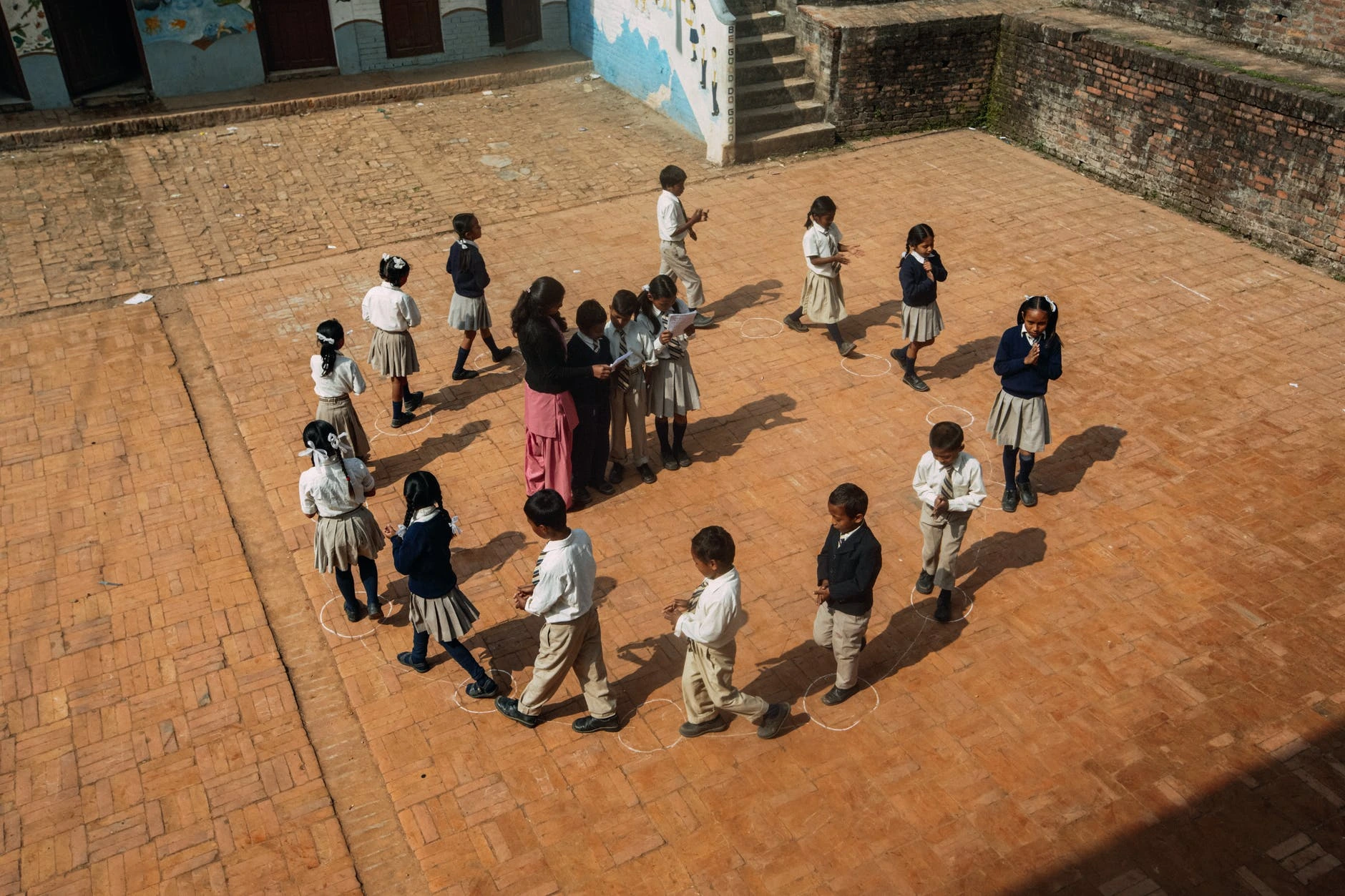School-to- prison pipeline is an offensive nationwide trend where children are funneled out of public schools into the juvenile and criminal justice system. Many of these children would gain from additional counseling and educational services. But because they have histories of neglect, abuse, poverty, or learning disabilities, they are punished, isolated, and pushed out. The security officers in school and lack of classroom management from teachers play a role in criminalizing children for behavior that should be handled inside the school. Zero-tolerance policy criminalizes children’s violation of school rules. For this reason, the number of juveniles that have incarcerated has increased from 2.1 million in 1984 to 3.9 million in 2005-and the students of color have been the most affected (Wald & Losen, 2013). Almost 80% of children of color are vulnerable to this discriminatory application of discipline. However, this paper aims to examine factors that contribute to juveniles being funneled into school to prison pipeline.
Factors that Cause Juveniles to Be Funneled Into School Pipeline
Figlio (2016), Skiba (2015) and Osher et al. (2014) found that some of the factors that cause juveniles to be funneled into school pipeline include: failing public schools, cops in school, zero-tolerance policies, and regulating school entries. They also noticed that juvenile detention and court involvement, alternative disciplinary schools, lack of classroom management, and other school disciplines, such as expelling students for bringing scissors to school, contributes to the funneling of juveniles into schools to prison pipeline. However, a zero-tolerance policy is the leading factor that causes children to be funneled into school to prison because it allows school officials provide students with a particular, constant harsh punishment, typically expulsion or punishment when certain regulations are not followed. The discipline applies irrespective of the student’s history of disciplinary problems, the cause of the behavior (such as self-protection), or the circumstances.
References
Wald, J., & Losen, D. J. (2013). Defining and redirecting a school‐to‐prison pipeline. New directions for youth development, 2003(99), 9-15.
Figlio, D. N. (2016). Testing, crime and punishment. Journal of Public Economics, 90(4-5), 837-851.
Osher, D., Woodruff, D., & Sims, A. E. (2014). Schools make a difference: The overrepresentation of African American youth in special education and the juvenile justice system. Racial inequity in special education, 93-116.
Skiba, R. J. (2015). pp. 11-12; The Advancement Project & The Civil Rights Project, OPPORTUNITIES SUSPENDED: THE DEVASTATING CONSEQUENCES OF ZERO TOLERANCE AND SCHOOL DISCIPLINE POLICIES (June 2000).
Russell J. Skiba, et al., THE COLOR OF DISCIPLINE: SOURCES OF RACIAL AND GENDER DISPROPORTIONALITY IN SCHOOL PUNISHMENT, 7-9.








